The Biomedical Informatics Group creates variety of software to map clinical and genetic concepts and develops new methods and tools for database integration based on biomedical ontologies, agents and Web services. This work has been accomplished using semantic web technologies like RDF, OWL, OWL2, RDQL, SPARQL, etc.

The GIB has developed a tool capable of automatically processing complex queries involving multiple databases and web medical genetics. For a biomedical researcher, this is manually long and tedious search. The investigation would involve recovering the OMIM code from a disease, then enter this code in the database «Entrez Gene» to retrieve all the genes involved, after that get the standard symbol for each of these genes in the «Human Gene Nomenclature» then obtain the associated proteins of these genes from «Swissprot«, to finally obtain the 3D structure of these proteins from various databases that provide this information. The implementation of our tool automatically generates particular queries to obtain search results for specific flows. This search process is encapsulated in a «Web Service» that is available online.
In 2001 the Biomedical Informatics Group launched INFOGENMED, the first project funded by the European Commission in the area of clinico-genomic data integration. We developed the «ONTOFUSION» system which provides unified access to multiple, heterogeneous biological and medical data sources from over 1500 public databases. We used the system to integrate variety of information resources such as: OMIM, PubMed, Enzyme, Proposite and Proposite documentation, PDB, SNP, InterPro, etc. Since then, ONTOFUSION has become one of the main references in the field.
Related Projects

InSite is a platform to enable the trustworthy re-use of Electronic Health Records (EHR) data for clinical research. InSite offers an integrated view of heterogeneous clinical data sources through easy to use applications. More...

Achieving semantic interoperability among EHR and clinical trial systems is at the core of the project, as it is the basis for enabling many of the software services and tools. More...
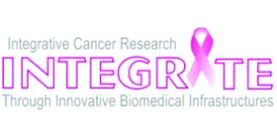
INTEGRATE aims to build solutions that support a large and multidisciplinary biomedical community to collaborate, share ... More...

The completion of the Human Genome Project sparked the development of many new tools for today’s biomedical researcher to use in finding the mechanism behind disease. More...

INFOGENMED aims to build a virtual laboratory for accessing and integrate genetic and medical information for health applications. Resorting to this integrated environment, clinicians are able to access and relate diseases data. More...

There is a great potential for synergy between Bioinformatics (BI) and Medical Informatics (MI) with a view on continuity and individualisation of healthcare. More...

The main objective is to catalogue existing genotype and phenotype data and to map the projections for the future development of these resources world-wide. More...

The goal of the Dicode project is to facilitate and augment collaboration and decision making in data-intensive and cognitively-complex settings. More...
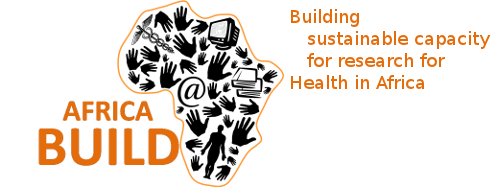
The main objective of the project is the creation of centres of excellence to promote health research, education and practice in Africa. The creation of these centres will be based on four main pillars: e-learning, knowledge sharing, "know-how" and information technologies. More...

INBIOMED is a Thematic Network for Cooperative Research in Biomedical Informatics. Storage, integration, and medical, genetic, epidemologic and image oriented data analysis aimed at pathology research. More...

OntoMineBase
OntoMineBase project has two main goals: To standardize database information in order to improve the processes of Data Mining; To research and develop new methods of information retrieval. More...
Related News
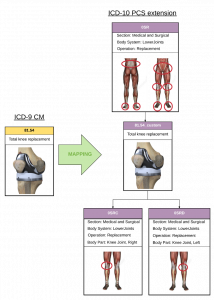
New Journal publication on the International Journal of Medical Informatics

Professor Victor Maojo, AFRICA BUILD Coordinator, exchanging views with two ministers from Cameroon
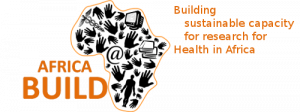
AFRICA BUILD Portal: Connecting Health Researchers in Africa

New Communities of Practice at the AFRICA BUILD Portal
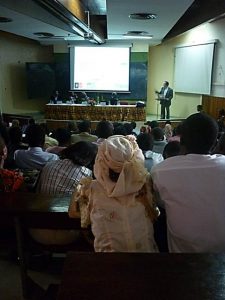
AFRICA BUILD @ the 4th Edition of JCIM
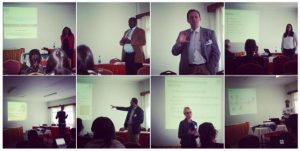
AFRICA BUILD Symposium at Eldoret (Kenya)
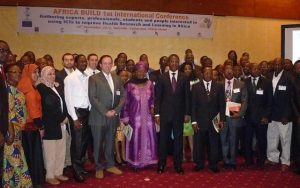
AFRICA BUILD 1st International Conference

Victor Maojo discussed at Jimenez Diaz Foundation on innovation in medical informatics

AFRICA BUILD Consortium at HELINA 2013

